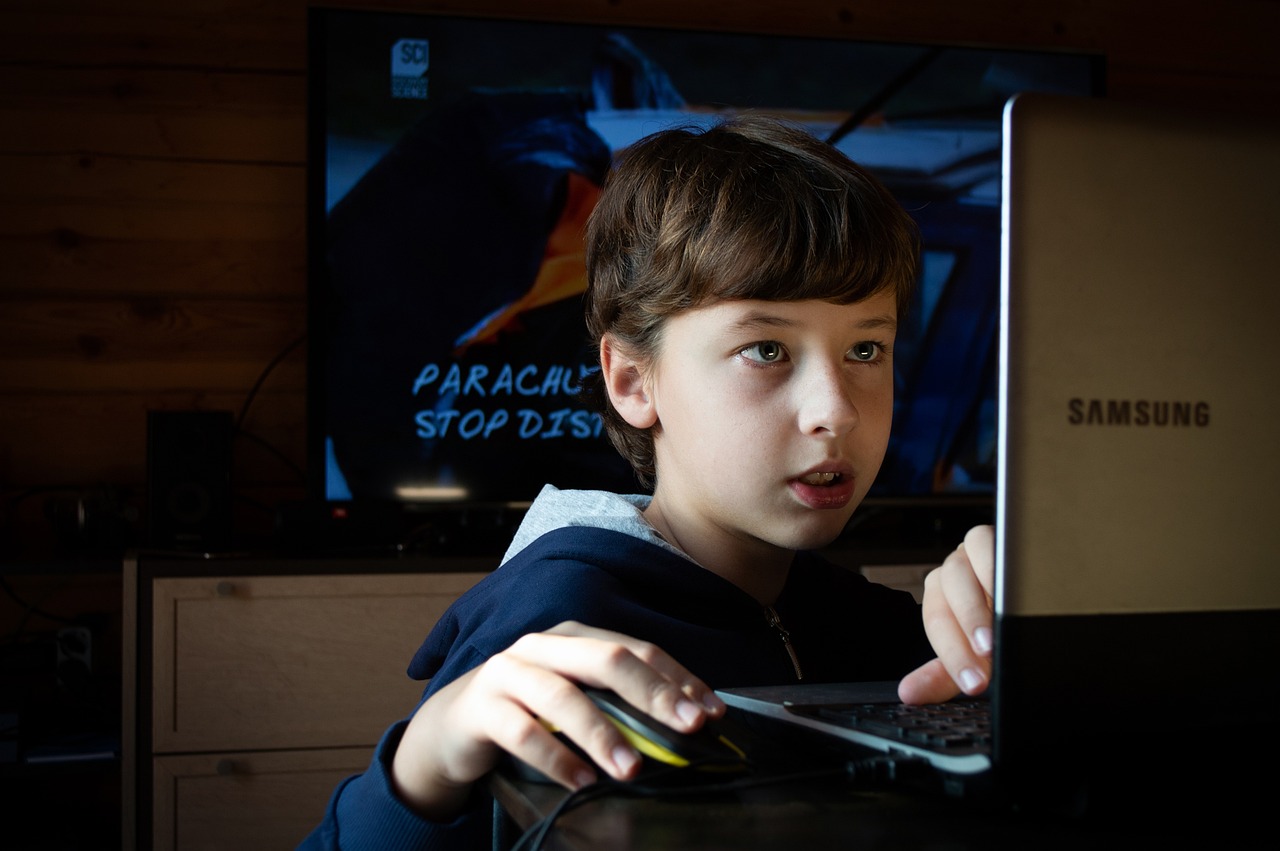Applications designed for this purpose are known as Apps for Screen Time Limitation. They serve as an effective tool to manage our digital consumption by enforcing boundaries on how much time is spent on different applications or activities on our devices.
One of the leading apps in this niche is 'Screen Time.' It offers a comprehensive set of features intended to control and monitor device usage. Parents find it particularly helpful as it provides them with the ability to restrict their child's app usage during specific hours of the day or week.
Another popular application in this category is 'Freedom.' Unlike most other screen limitation apps that focus mainly on parental controls, Freedom caters more towards professionals seeking to boost productivity by eliminating distractions from social media platforms or any other addictive websites/apps.
'OurPact' is another excellent example of a family-oriented screen time control app. Its granular controls allow parents not only to limit app access but also filter web content ensuring a safe online environment for their kids.
While these apps certainly offer substantial benefits in managing screen time effectively, they are not without drawbacks. The key challenge lies within implementation – getting users (especially children) to comply willingly with imposed restrictions may prove difficult without causing strain in relationships or creating feelings of resentment.
Additionally, dependence on these apps could potentially hinder the development of self-discipline when it comes to managing one’s own screen time. Therefore, while they are undoubtedly useful tools, they should ideally be used alongside open dialogues about healthy digital habits rather than as standalone solutions.
In conclusion, Apps for Screen Time Limitation are a practical response to the growing concern of excessive screen time in our tech-driven society. They can aid in promoting healthier digital habits and improving productivity. However, their effectiveness ultimately lies in the hands of the users themselves – they must be willing to embrace these limitations and understand the importance of balanced screen time for overall well-being. While technology is an integral part of our lives, it’s crucial that we don't allow it to overshadow other essential aspects such as physical health, interpersonal relationships, and real-life experiences.

